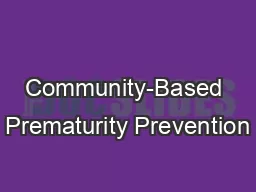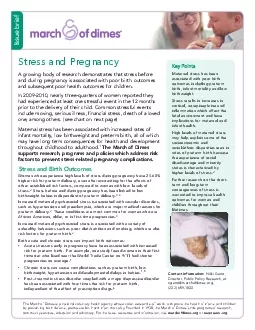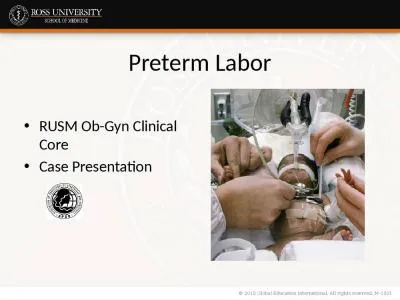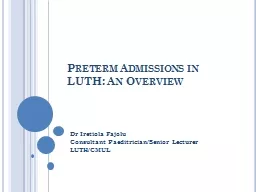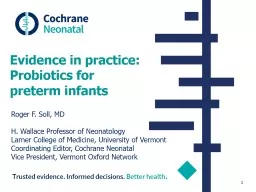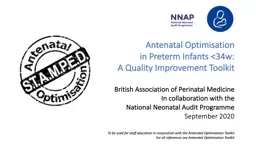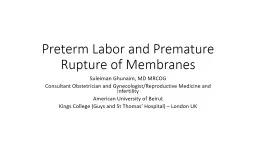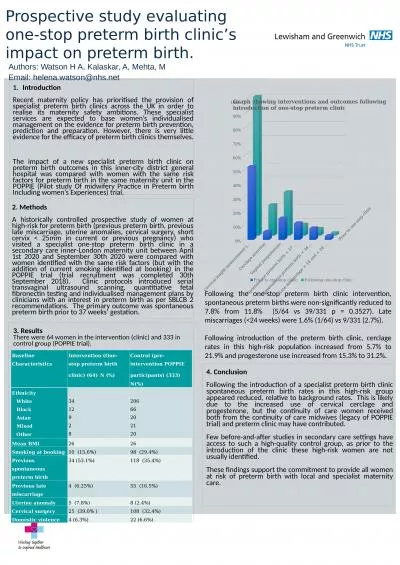PPT-WHAT YOU DO TO PREVENT PRETERM BIRTH
Author : pasty-toler | Published Date : 2019-03-15
IN CLEVELAND AND CUYAHOGA COUNTY Carol Gilbert MS Health Data Analyst CityMatCH 1 Your Programs MomsFirst Help Me Grow Lead Safe Creating Healthy Communities
Presentation Embed Code
Download Presentation
Download Presentation The PPT/PDF document "WHAT YOU DO TO PREVENT PRETERM BIRTH" is the property of its rightful owner. Permission is granted to download and print the materials on this website for personal, non-commercial use only, and to display it on your personal computer provided you do not modify the materials and that you retain all copyright notices contained in the materials. By downloading content from our website, you accept the terms of this agreement.
WHAT YOU DO TO PREVENT PRETERM BIRTH: Transcript
Download Rules Of Document
"WHAT YOU DO TO PREVENT PRETERM BIRTH"The content belongs to its owner. You may download and print it for personal use, without modification, and keep all copyright notices. By downloading, you agree to these terms.
Related Documents


